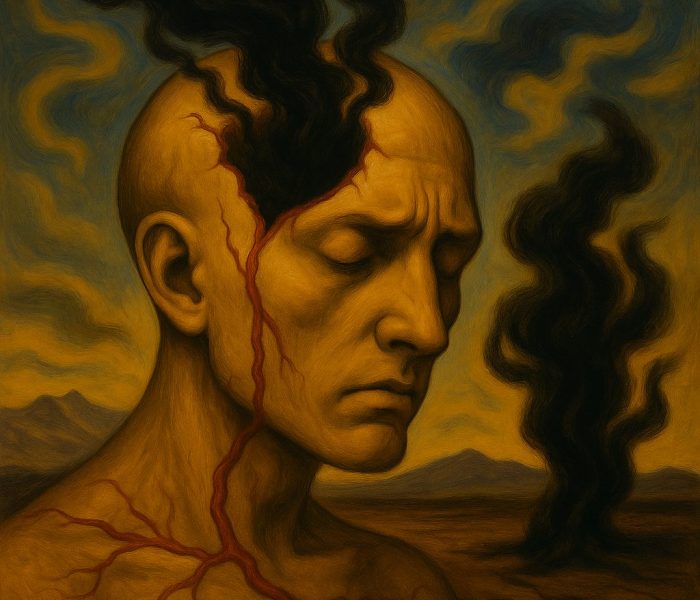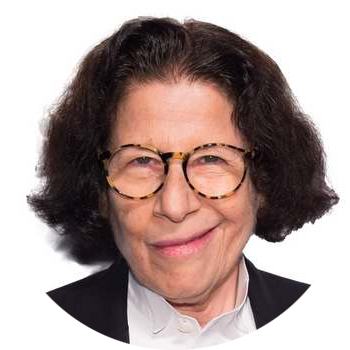In this article you will read about:
Introduction to the Shadow Archetype
Among the key constructs of Analytical Psychology, the shadow archetype stands as one of the most psychologically significant and transformational. Carl Gustav Jung (1953/1969) first articulated the shadow as the unconscious complement to the conscious personality, comprising emotions, traits, instincts, and behaviors that the ego refuses to acknowledge. Often misunderstood as exclusively negative, the shadow is psychologically neutral; it houses not only disowned fears and aggression but also unexpressed creativity, sensuality, and inner power (Jacobi, 1973; Johnson, 1991).
In contemporary analytical and depth psychological frameworks, the shadow remains central to psychological development. As society becomes more individualistic yet psychologically fragmented, the relevance of shadow work has increased. Integrating the shadow is essential for what Jung described as individuation—a dynamic, lifelong process through which one becomes more whole by assimilating unconscious content into conscious awareness (Jung, 1969). This article explores the shadow’s origins, modern applications, and its operationalization within the Archetypal Integration & Individuation Assessment™ (AIIA)—a symbolic tool for understanding psychological development and archetypal constellations.
Origins and Definition of the Shadow Archetype
Jung (1953) introduced the shadow as part of his structural model of the psyche. He posited that the human mind consists of conscious and unconscious domains, and the shadow emerges from the personal unconscious — the realm where forgotten, rejected, or culturally suppressed material resides. The shadow includes characteristics that the ego finds incompatible with its self-image. However, as Jung (1959) clarified, this includes both morally inferior traits and potentially positive, latent capacities.
In Jung’s own words, the shadow is “the negative side of the personality, the sum of all those hidden unpleasant qualities we like to hide” (1959, p. 8). But this definition has evolved; contemporary theorists now stress the dual nature of the shadow. It contains traits such as empathy, assertiveness, or creative genius that were disavowed due to social rejection or trauma (Beebe, 2004; Stein, 1998). Shadow material is often shaped by early conditioning, social expectations, cultural taboos, and unprocessed emotional experiences (Corbett, 2021).
In this way, the shadow is not a pathological structure—it is a psychological repository. Its repression creates tension, while its integration supports vitality and inner alignment.
archetypal integration & individuation phase |
Psychology
"It is a frightening thought that man also has a shadow side to him. The individual seldom knows anything of this; to him, it is incredible that he should ever go beyond himself. But if it is repressed and isolated from consciousness, there emerges a raging monster. Everyone carries a shadow, and the less it is embodied in the individual’s conscious life, the blacker and denser it is. The shadow is very much part of human nature, and it is only at night, that no shadow exists."
Carl Gustav Jung Tweet
How the Shadow Manifests in Life
The shadow becomes visible when it is projected onto others, often through criticism, blame, or irrational reactions. Projection is one of the ego’s primary defense mechanisms for managing shadow material. Jung (1969) emphasized that “what we fail to recognize in ourselves, we encounter in others.” When a trait is disowned—such as anger, ambition, or vulnerability—it is likely to be experienced as intolerable in others. For instance, a person repressing their competitiveness may see peers as cutthroat or manipulative.
Other common manifestations include emotional reactivity, addiction, impostor syndrome, internalized shame, and somatic symptoms (Corbett, 2021). The shadow may also appear in dreams as antagonistic figures, grotesque animals, or obscure landscapes (Jung, 1969). On a symbolic level, it operates autonomously, often “breaking through” when conscious defenses are lowered—during crises, illness, or intense relational conflict.
Culturally, the shadow expresses itself through collective projection: racism, scapegoating, nationalism, and fundamentalism often result from societal shadow denial (Roesler, 2013; Stein, 1998). In groups, shadow dynamics are amplified. The repression of individual fear or aggression is channeled toward an external “other,” justifying dehumanization.
Shadow Integration and the AIIA Model
In the Archetypal Integration & Individuation Assessment (AIIA), the Shadow Archetype is conceptualized as one of five essential forces shaping psychological development. It represents the unconscious material—emotions, drives, traits, and impulses—that have been repressed, denied, or projected due to early conditioning, trauma, or the demands of social adaptation (Jung, 1959; Corbett, 2021). Unlike traditional models that equate “high” scores with growth, the AIIA uses a developmental spectrum where each score range reflects a qualitatively distinct relationship to the shadow.
Rather than labeling the shadow as “good” or “bad,” the AIIA model identifies four levels of integration. Each stage represents a unique psychological configuration, offering developmental cues and symbolic insight:
Furthermore, Ellis (1962) suggested that irrational beliefs, which include dichotomous thinking, are reinforced by society’s emphasis on success, winning, and perfection. Thus, both personal experiences and societal influences can play a role in the development of such thinking patterns.

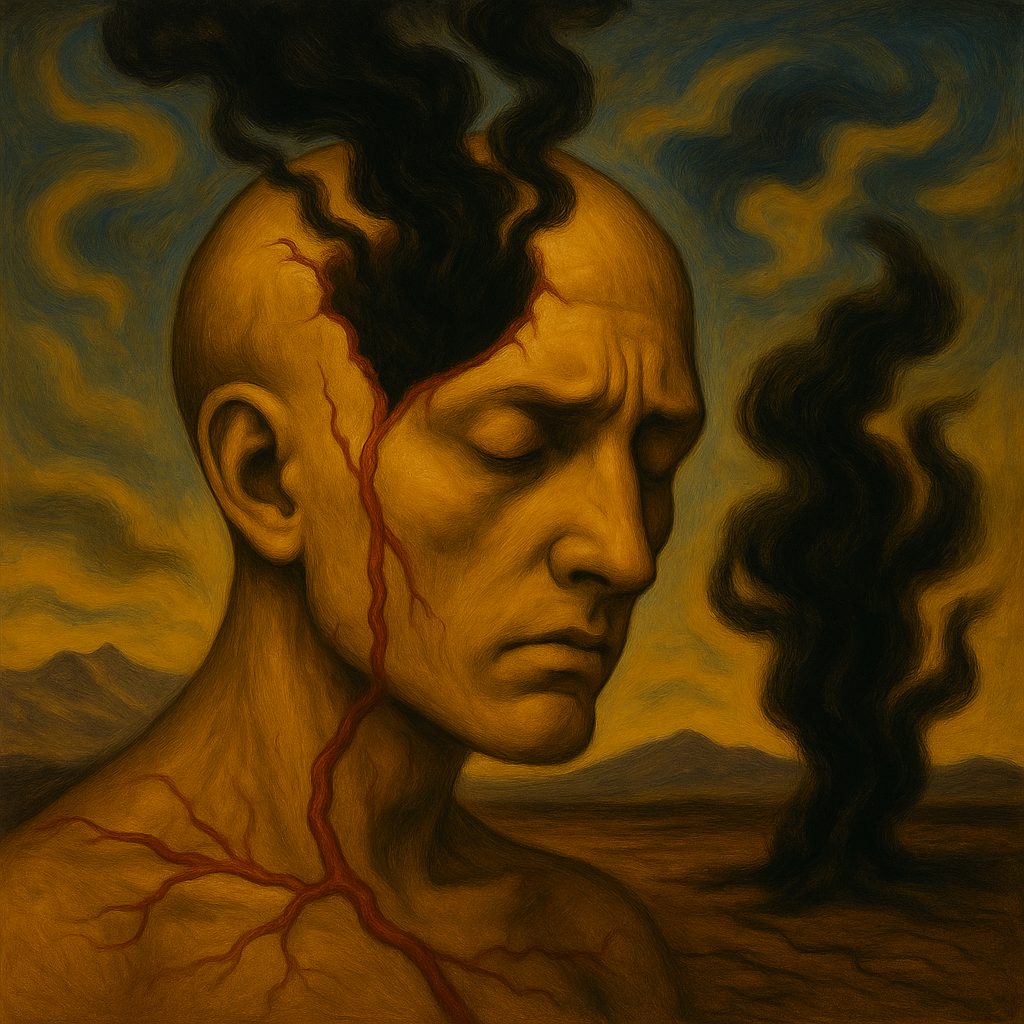
The Shadow Is Out of Sight
At this stage, the shadow remains buried in the unconscious. Traits that feel threatening—rage, desire, defiance, or grief—are dissociated or projected onto others. This often leads to rigid moral idealism, perfectionism, and emotional suppression. While this defense mechanism once served adaptive purposes, it can now create stagnation, shame, or disconnection from vitality.
Interpretation: A low score here is not a failure but a sign of hidden material. Gentle curiosity and emotional honesty are essential first steps.

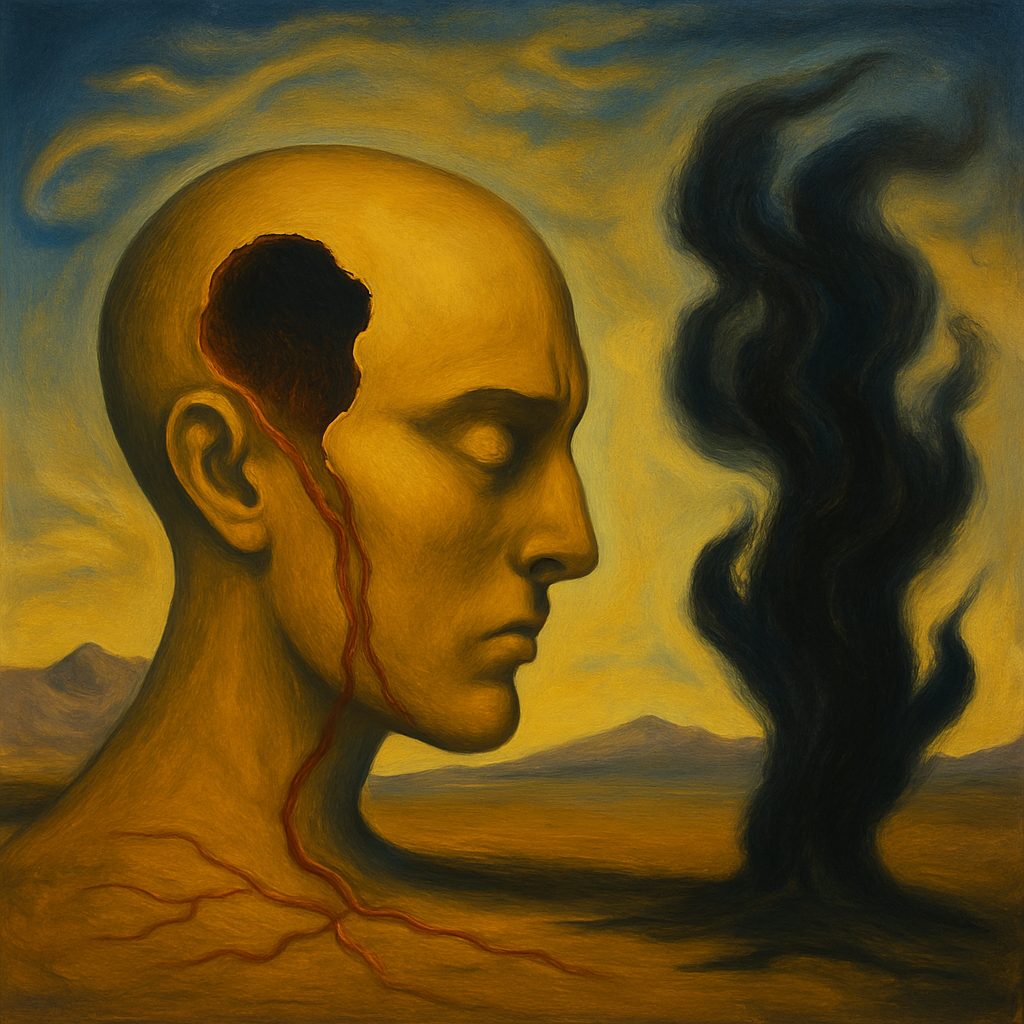
The Shadow Begins to Speak
Awareness of shadow content begins to surface. Emotional reactivity, unexpected dreams, and cracks in the persona suggest that repressed material is rising into consciousness. This stage is marked by oscillation—between control and chaos, clarity and confusion. While destabilizing, it signals meaningful transformation.
Interpretation: Mid-range scores here represent early movement into self-recognition. Reflective practices are key to anchoring insight and making meaning.

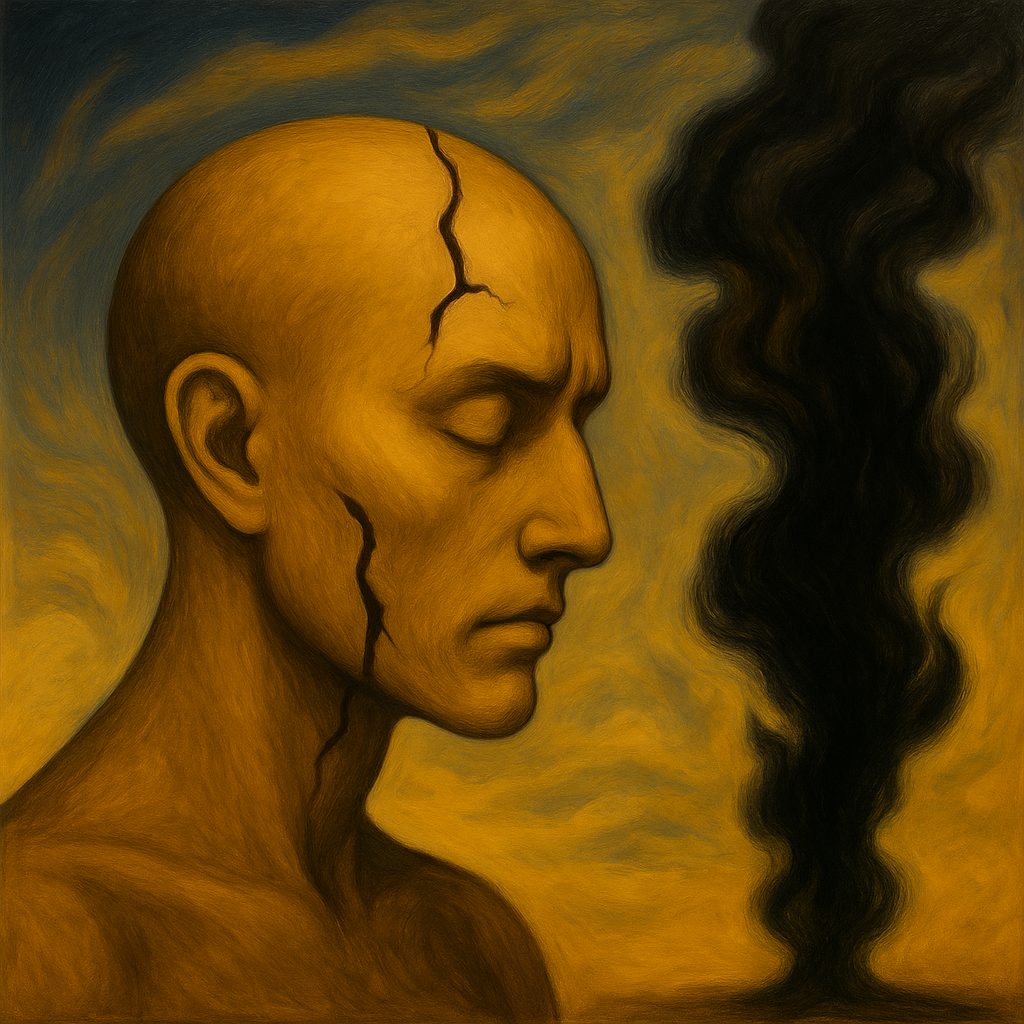
Confronting the Shadow with Courage
Shadow work is now deliberate. You are beginning to reclaim energy once lost to fear or shame. Through therapy, dreamwork, relational honesty, or creative exploration, you are integrating traits that once seemed unacceptable. Emotional intelligence increases, and projection decreases.
Interpretation: A developing score indicates active individuation. The ego is maturing, and unconscious content is becoming conscious material for growth and expression.

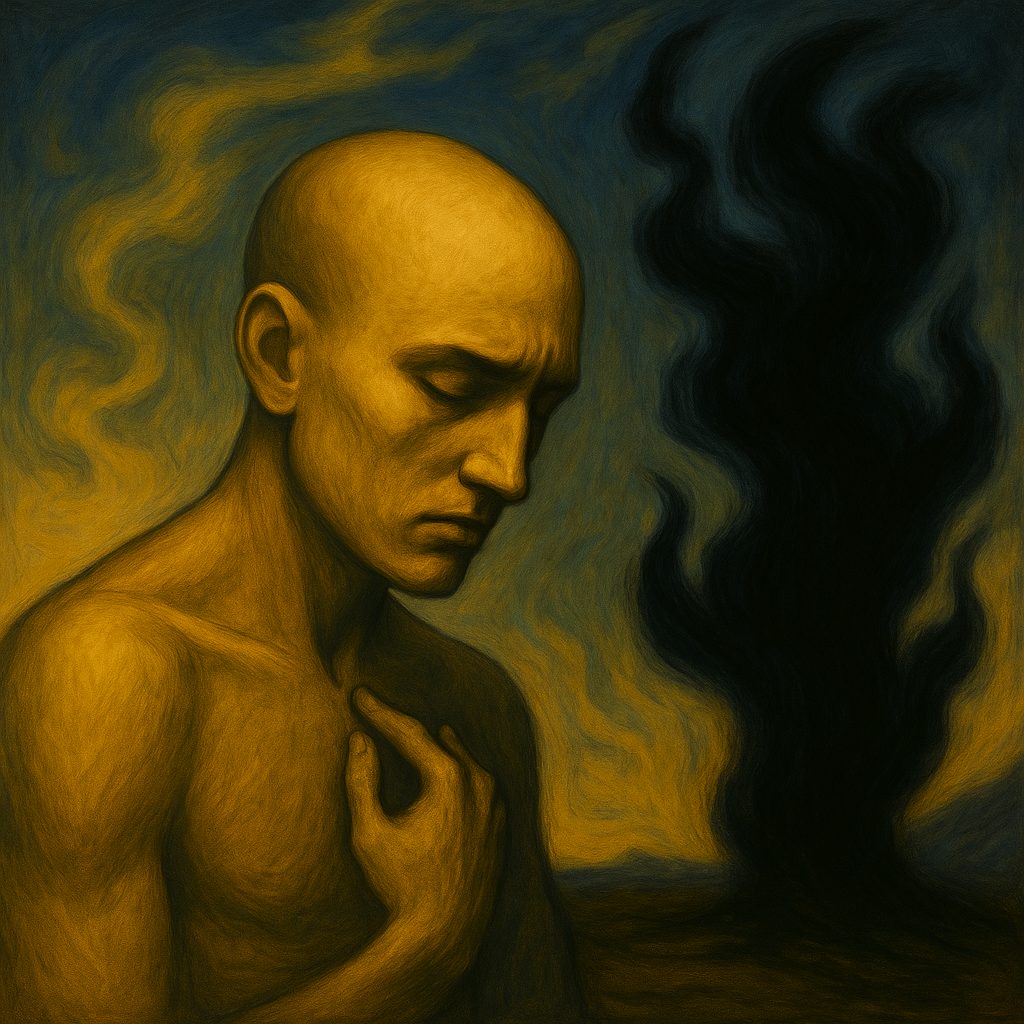
Shadow as Ally
The shadow is no longer viewed as a threat but as a guide. You’ve likely undergone emotional and symbolic transformation, reclaiming rejected aspects of self. You engage your complexity with nuance, humor, and strength. Your persona has become transparent to your deeper truth.
Interpretation: A high score here reflects not perfection but acceptance. Integration is ongoing and cyclical. Even the integrated shadow evolves over time.
Theoretical Correlations with Established Models
The Shadow dimension reflects one’s current awareness and integration of unconscious traits, particularly those aspects of the personality that have been repressed, denied, or projected onto others. This includes socially undesirable emotions (e.g., envy, rage), disowned strengths (e.g., assertiveness, sensuality), and instinctual drives that conflict with the ego ideal. A high Shadow score in the AIIA typically corresponds to an individual’s ability to consciously relate to their inner contradictions, emotional triggers, and defenses without excessive projection. Conversely, a low score may suggest unconscious avoidance, moral rigidity, or identity inflation (Jung, 1959; Roesler, 2013).
Shadow and Psychodynamic Constructs
The Shadow dimension of the AIIA parallels concepts found in both psychodynamic and cognitive models of personality. Shadow material—repressed emotions, disowned traits, and unconscious drives—bears a close resemblance to classical Freudian defense mechanisms (e.g., repression, projection, denial), many of which have been operationalized in empirical contexts (Cramer, 2000). Additionally, research on emotional suppression and experiential avoidance, particularly within the framework of Acceptance and Commitment Therapy (ACT), has shown that unacknowledged inner content can predict increased psychological distress and reduced well-being (Hayes, Strosahl, & Wilson, 2012).
While the AIIA emerges from symbolic psychology, several of its constructs align meaningfully with validated dimensions in modern personality research:
| AIIA Dimension | Corresponding Concepts in Scientific Psychology |
|---|---|
| Shadow | Neuroticism (Big Five), Repression, Projection (Freudian defense mechanisms) |
| Anima/Animus | Emotional intelligence, Attachment style, Gender schema theory |
| Persona | Social desirability bias, Self-monitoring, Identity status (Marcia, 1980) |
| Inner Sage | Wisdom (Ardelt, 2003), Reflective functioning, Metacognition |
| Self | Self-actualization (Maslow, 1968), Ego integrity (Erikson, 1982), Self-determination theory (Deci & Ryan, 2000) |
| Growth Edge | Readiness for change (Prochaska et al., 1992), Self-directed learning, Transformational learning theory (Mezirow, 2000) |
Shadow Work: Contemporary Practices
Shadow work refers to practices that facilitate conscious engagement with disowned material. In recent years, shadow work has gained popularity in therapeutic, coaching, and somatic communities (Nicolai & Stein, 2020). However, without structure or psychological grounding, shadow work can become performative or retraumatizing. The following methods, rooted in Jungian tradition, are central to safe and effective shadow integration:
Dream Analysis: Examining dream content for shadow figures and symbols. Common motifs include wild animals, enemies, or neglected children.
Active Imagination: Dialoguing with inner figures or images in a meditative, symbolic framework (Von Franz, 1998).
Emotional Journaling: Writing from the perspective of disowned parts—rage, jealousy, arrogance, or erotic desire.
Relational Projection Tracking: Observing recurring patterns of conflict, emotional activation, or judgment in relationships.
Somatic Awareness: Noticing physical sensations (tightness, nausea, coldness) when confronting emotional repression.
Archetypal Self-Assessments: Tools like the AIIA offer symbolic insight that bypasses conscious defenses and reveal underlying archetypal patterns.
The safety of the container—whether through therapy, group facilitation, or personal grounding—is crucial when working with shadow material, especially in the presence of trauma (Kalsched, 2013).
Psychological and Developmental Benefits
The literature increasingly supports the psychological efficacy of shadow integration. A systematic review of Jungian-oriented therapies by Roesler (2012) found improvements in anxiety, affect regulation, and identity coherence. Additional benefits include:
Greater Self-Awareness: Clarity around emotional triggers, behavior patterns, and inner conflicts.
Increased Emotional Regulation: Reduction of reactive loops and development of psychological flexibility.
Enhanced Creativity: Access to repressed energy and symbolic imagination.
More Authentic Relationships: Reduction in projection improves communication and empathy.
Strengthened Boundaries: Integration supports healthy assertiveness and self-protection.
Spiritual Depth: Engaging with darkness fosters humility and reverence for symbolic life.
Conclusion
The shadow archetype is not a flaw in the psyche but a vital dimension of it. To confront and integrate the shadow is not merely an act of personal development—it is a cultural and spiritual imperative. In Jung’s words, “One does not become enlightened by imagining figures of light, but by making the darkness conscious” (Jung, 1959, p. 8).
The AIIA provides a symbolic map for navigating this terrain—revealing not only the contours of the unconscious but also one’s evolving relationship to wholeness. In doing so, it supports what Jung considered the highest task of the individual: to become what one truly is.
The Shadow Archetype Book Recommendations
Here is a collection of the best books on the market related to The Shadow Acrhetype:
Our commitment to you
Our team takes pride in crafting informative and well-researched articles and resources for our readers.
We believe in making academic writing accessible and engaging for everyone, which is why we take great care in curating only the most reliable and verifiable sources of knowledge. By presenting complex concepts in a simplified and concise manner, we hope to make learning an enjoyable experience that can leave a lasting impact on our readers.
Additionally, we strive to make our articles visually appealing and aesthetically pleasing, using different design elements and techniques to enhance the reader’s experience. We firmly believe that the way in which information is presented can have a significant impact on how well it is understood and retained, and we take this responsibility seriously.
Click on the icon to see all your thoughts in the Dashboard.
Your Thoughts about the Shadow Archetype
It’s highly recommended that you jot down any ideas or reflections that come to mind regarding all-or-nothing-thinking, including related behaviours, emotions, situations, or other associations you may make. This way, you can refer back to them on your Dashboard or Reflect pop-ups, compare them with your current behaviours, and make any necessary adjustments to keep evolving. Learn more about this feature and how it can benefit you.
References
- Ardelt, M. (2003). Empirical assessment of a three-dimensional wisdom scale. Research on Aging, 25(3), 275–324.
- Beebe, J. (2004). Integrity in depth. Texas A&M University Press.
- Corbett, L. (2021). Psychological Perspectives on the Shadow. In D. Mercurio (Ed.), Jungian Perspectives for the 21st Century. Routledge.
- Deci, E. L., & Ryan, R. M. (2000). The “what” and “why” of goal pursuits: Human needs and the self-determination of behavior. Psychological Inquiry, 11(4), 227–268.
- Erikson, E. H. (1982). The life cycle completed. Norton.
- Jacobi, J. (1973). The psychology of C.G. Jung: An introduction with illustrations. Yale University Press.
Johnson, R. A. (1991). Owning your own shadow: Understanding the dark side of the psyche. HarperOne. - Jung, C. G. (1953). Two Essays on Analytical Psychology (R. F. C. Hull, Trans.; Vol. 7). Princeton University Press.
- Jung, C. G. (1959). Aion: Researches into the phenomenology of the self (R. F. C. Hull, Trans.; Vol. 9, Part 2). Princeton University Press.
- Jung, C. G. (1969). The structure and dynamics of the psyche (R. F. C. Hull, Trans.; Vol. 8). Princeton University Press.
- Kalsched, D. (2013). Trauma and the soul: A psycho-spiritual approach to human development and its interruption. Routledge.
- Marcia, J. E. (1980). Identity in adolescence. In J. Adelson (Ed.), Handbook of adolescent psychology (pp. 159–187). Wiley.
- Mezirow, J. (2000). Learning as transformation: Critical perspectives on a theory in progress. Jossey-Bass.
- Nicolai, J., & Stein, M. (2020). The new path to individuation: Modern practices in shadow integration. Journal of Depth Psychology, 12(3), 211–233.
- Prochaska, J. O., DiClemente, C. C., & Norcross, J. C. (1992). In search of how people change. American Psychologist, 47(9), 1102–1114.
- Roesler, C. (2013). Evidence for the efficacy of Jungian psychotherapy: A review of empirical studies. Behavioral Sciences.
- Singer, J. (1994). Boundaries of the soul: The practice of Jung’s psychology. Anchor Books.
- Stein, M. (1998). Jung’s map of the soul: An introduction. Open Court.
- Von Franz, M.-L. (1998). The interpretation of fairy tales. Shambhala Publications.

